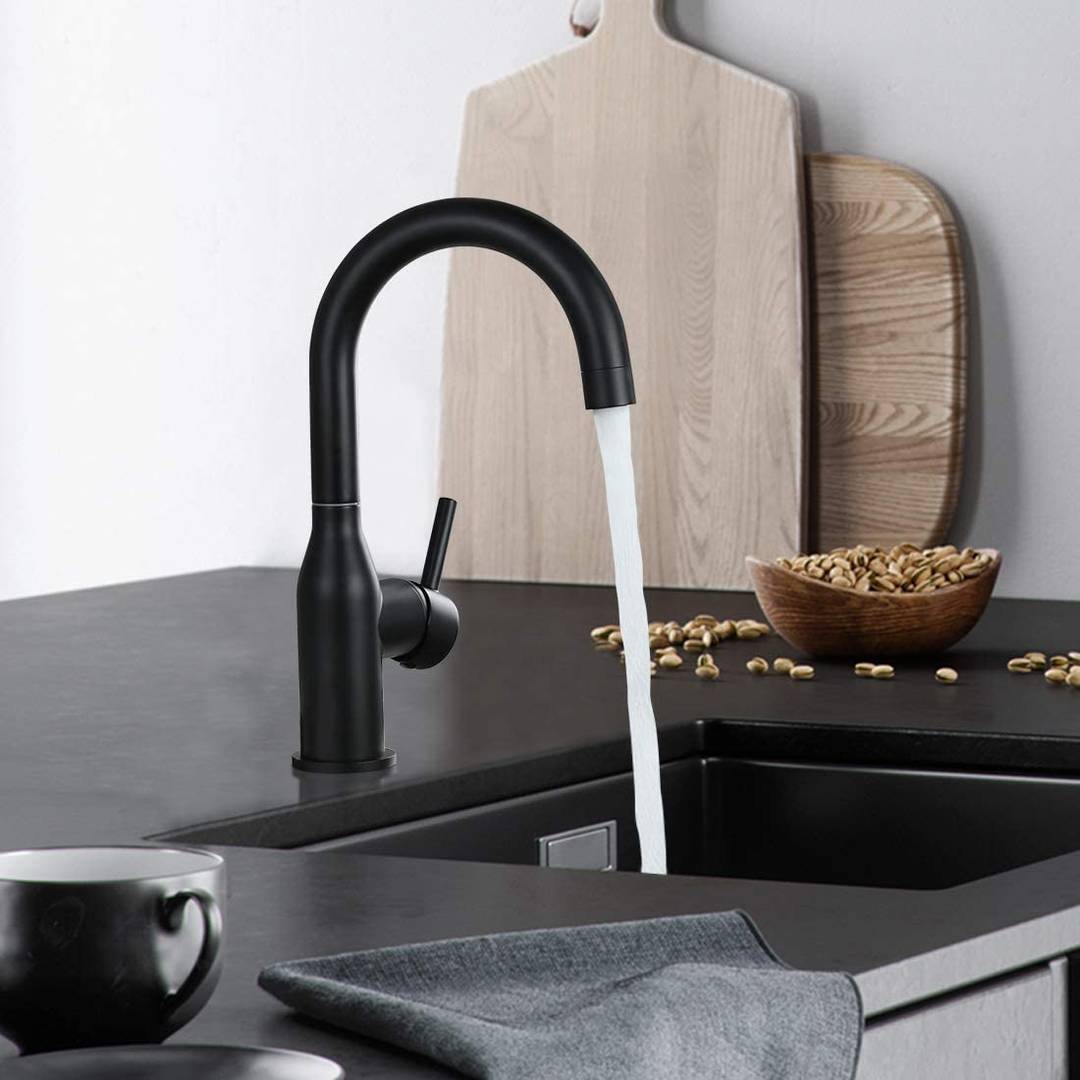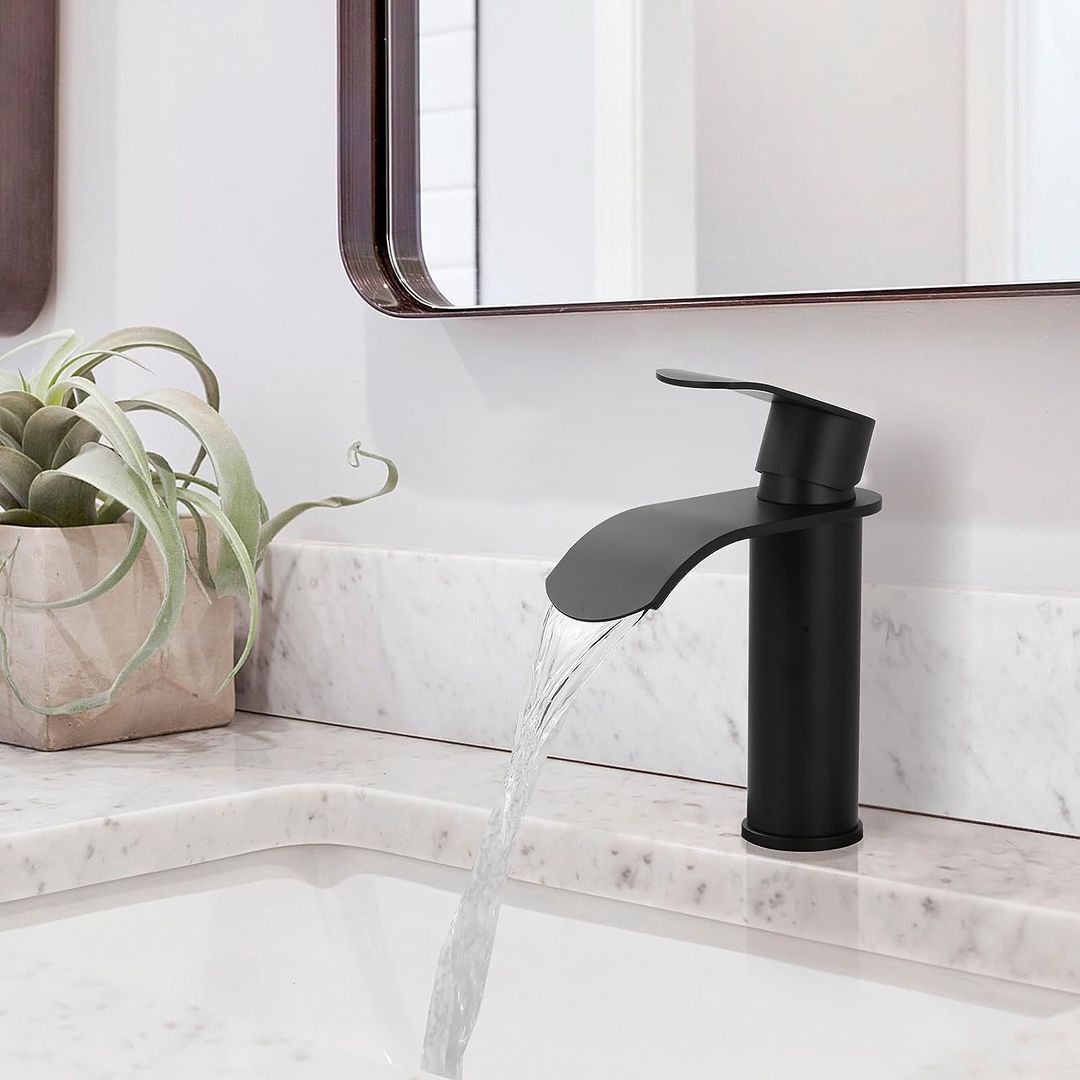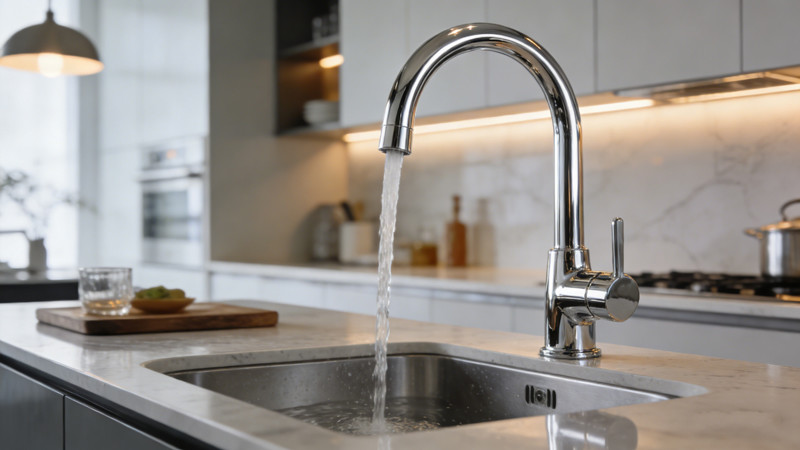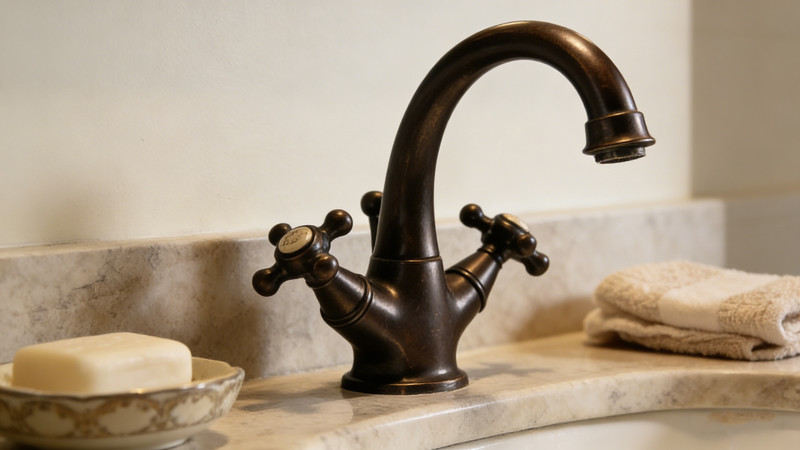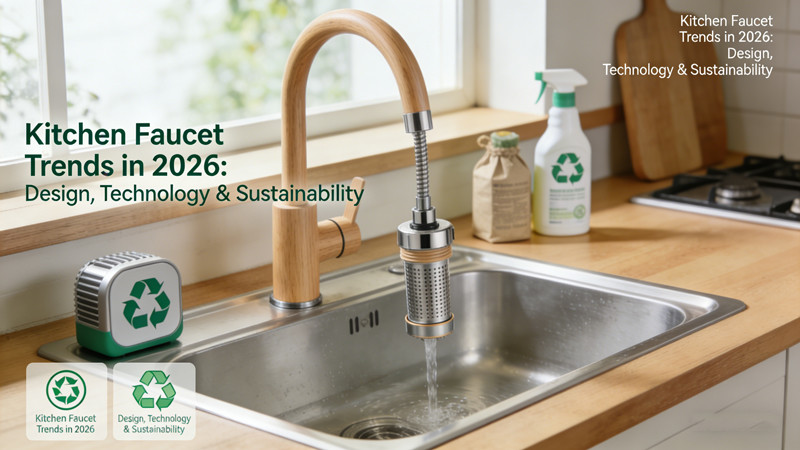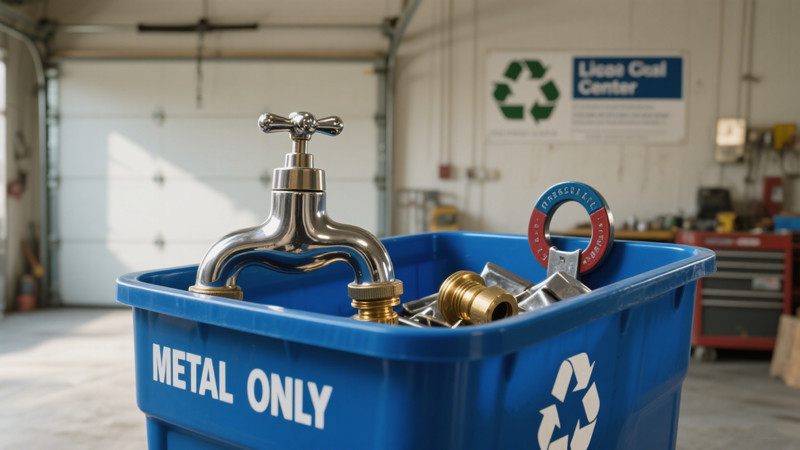
Replacing an old faucet is one of the quickest ways to refresh a kitchen or bathroom. But once the shiny new fixture is installed, you’re left with a not-so-glamorous problem: what should you do with the old faucet? Dispose or Recycle?
Tossing it in the trash may seem like the easiest solution, but it’s far from the most responsible one. Faucets contain materials like brass, stainless steel, and even plastic components that could be reused, recycled, or repurposed. With sustainability becoming more important than ever, it’s worth taking a few extra steps to ensure your old faucet doesn’t end up in a landfill.
Here’s how to responsibly dispose of your old faucet—and maybe even help someone else in the process.
1. Determine What the Faucet Is Made Of
Before you can dispose of your faucet, you need to know what you’re working with. Most faucets are made of a mix of materials, including:
- Brass (a mix of copper and zinc)
- Stainless steel
- Plastic components
- Rubber washers or silicone seals
- Ceramic cartridges
Look for any brand markings or metal labels. If it feels heavy and solid, there’s a good chance it’s mostly metal—making it ideal for recycling or scrapping.
2. Check if It’s Still Usable
Before calling it trash, ask yourself this: Could someone else use it?
Old doesn’t always mean broken. If your faucet is still functional and doesn’t leak, someone else might be happy to have it. Consider the following donation or reuse options:
Local Donation Centers
- Habitat for Humanity ReStores accept gently used building materials, including faucets.
- Community thrift stores or nonprofit housing organizations might accept plumbing fixtures.
- Local Facebook groups or Buy Nothing Project communities can be a great way to give away working faucets to neighbors in need.
Resale Platforms
If it’s a higher-end model, you might even list it for sale on:
- Facebook Marketplace
- Craigslist
- OfferUp
- eBay (for vintage or designer models)
Be sure to include photos, mention any wear, and state whether all parts are included.
3. Recycle the Metal Parts
If the faucet is truly nonfunctional and not worth donating, the next best step is metal recycling.
Where to Go
- Scrap metal yards will often pay a small fee for metal faucets, especially if they are solid brass or stainless steel.
- Municipal recycling centers may have designated areas for metal drop-offs.
- Household hazardous waste facilities sometimes accept metal plumbing parts.
What You Need to Do
- Disassemble the faucet to separate the metal from plastic and rubber. This may include removing washers, cartridges, or handles.
- Clean off dirt or excess buildup so it’s easier to process.
- Group similar materials together (brass, stainless steel, copper) if possible.
Recycling even a small fixture like a faucet can help reduce mining demands and energy consumption in the long run.
4. Repurpose Parts Creatively
If you’re handy or into DIY, old faucets can have a second life in your home or garden. Here are some creative reuse ideas:
Garden Hose Bibs
Turn an old faucet into a decorative hose bib or watering station for your garden.
Industrial-Style Decor
Use faucets as:
- Wall hooks
- Drawer or cabinet handles
- Sculpture bases or industrial lighting
Kids’ Water Tables or Art Projects
Repurposed faucet handles and nozzles make fun additions to water-themed toys or educational installations.
By repurposing parts, you’re not only reducing waste—you’re also adding a unique touch to your surroundings.
5. Avoid the Trash Bin
Throwing your faucet in the garbage should be your last resort, especially for metal fixtures. Here’s why:
- Landfills aren’t designed for scrap metal, and many municipalities prohibit metal fixtures in household trash.
- Faucet materials can take decades (or longer) to decompose—especially if made with plastic or rubber.
- Disposing improperly may violate local waste disposal laws or miss out on recycling incentives.
If you’re unsure what’s allowed, contact your city’s waste management service for guidance.
6. Ask Your Plumber or Installer
If you hired a plumber to install your new faucet, ask whether they offer responsible disposal services. Many professionals will take the old fixture with them and dispose of it properly—especially if they regularly visit recycling centers or have access to bulk disposal programs.
Some plumbing contractors even partner with organizations that accept working faucets for reuse in housing projects.
7. Check for Manufacturer Recycling Programs
Some faucet brands have take-back or recycling programs for their products. For example:
- Delta and Moen may offer product recycling partnerships.
- Kohler has a recycling program for certain components through their environmental initiative.
- Contact the brand’s customer service to ask if they accept returns or can recommend a recycling partner.
If your faucet is still under warranty or part of a recall, you may be eligible for a return—saving you time and keeping materials out of landfills.
Final Thoughts – Dispose Faucet
Faucets might be small in size, but they have a big environmental impact when disposed of improperly. The good news? Responsible disposal isn’t hard—it just takes a bit of planning.
Whether you donate, recycle, reuse, or repurpose, choosing a sustainable disposal method helps reduce waste, conserve materials, and support your local community. So next time you upgrade your bathroom or kitchen, think twice before tossing that faucet in the trash.
Make sustainability flow—one faucet at a time.
 WOWOW Faucets
WOWOW Faucets